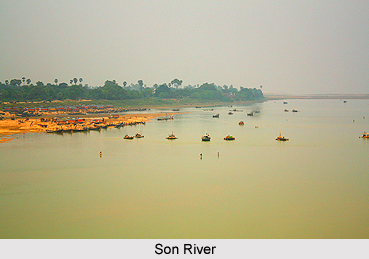 Geography of Patna District does not contain any hilly region. It has an entirely alluvial and flat region. Topography of Patna District can be divided into two categories. Firstly, a narrow strip of somewhat high land about eight kms in width along the southern bank of the Ganga River having very fertile soil and secondly alluvial fertile plains in the remaining portions.
Geography of Patna District does not contain any hilly region. It has an entirely alluvial and flat region. Topography of Patna District can be divided into two categories. Firstly, a narrow strip of somewhat high land about eight kms in width along the southern bank of the Ganga River having very fertile soil and secondly alluvial fertile plains in the remaining portions.
Geography of Patna District is characterized by fertile lands. However, the district is devoid of any forest wealth. The alluvial text of land yields rice, sugarcane and other food grains. The area under cultivation is studded with mango orchards and bamboo clumps. In the fields adjoining the Ganges weeds such as ammannia, citriculari, hygrophile and sesbania grow. However, palmyra and date palm and mango orchards are found near habitations. Dry shrub jungles are sometimes seen in the villages away from the rivers.
Geography of Patna District includes two main rivers - Ganga River and Son River. The next important river of the district is the Punpun River The greater part of the district is watered by streams, which descend from the Chota Nagpur Plateau to join Ganges. The Ganges, which runs all along the northern boundary of the district, separates it from Saran District, Tirhut District and Darbhanga District divisions. It is the largest river of the district. It enters the district at its confluence with the Son and flows for 148 kms in the eastern direction up to Dumra. Gandak River joins the Ganges just opposite of Patna.
Son River, rising in the Maikal range near Amarkantak in the Deccan Plateau and after traversing around 624 kms it touches Patna District at Mahabalipur from where it flows in northerly direction for 65 kms until it joins the Ganges. The river constitutes a natural boundary between Patna District and Bhojpur District. It has a long rail-cum-road at Koiwar. Punpun River enters the district from the south and flows to the north easterly directions. It crosses the Patna-Gaya Railway line near Punpun Railway station and joins the Ganges near Fatwah after flowing for around 86 kms through the district. The Morhar joins it and the Dardha River before it meets the Ganges.



















